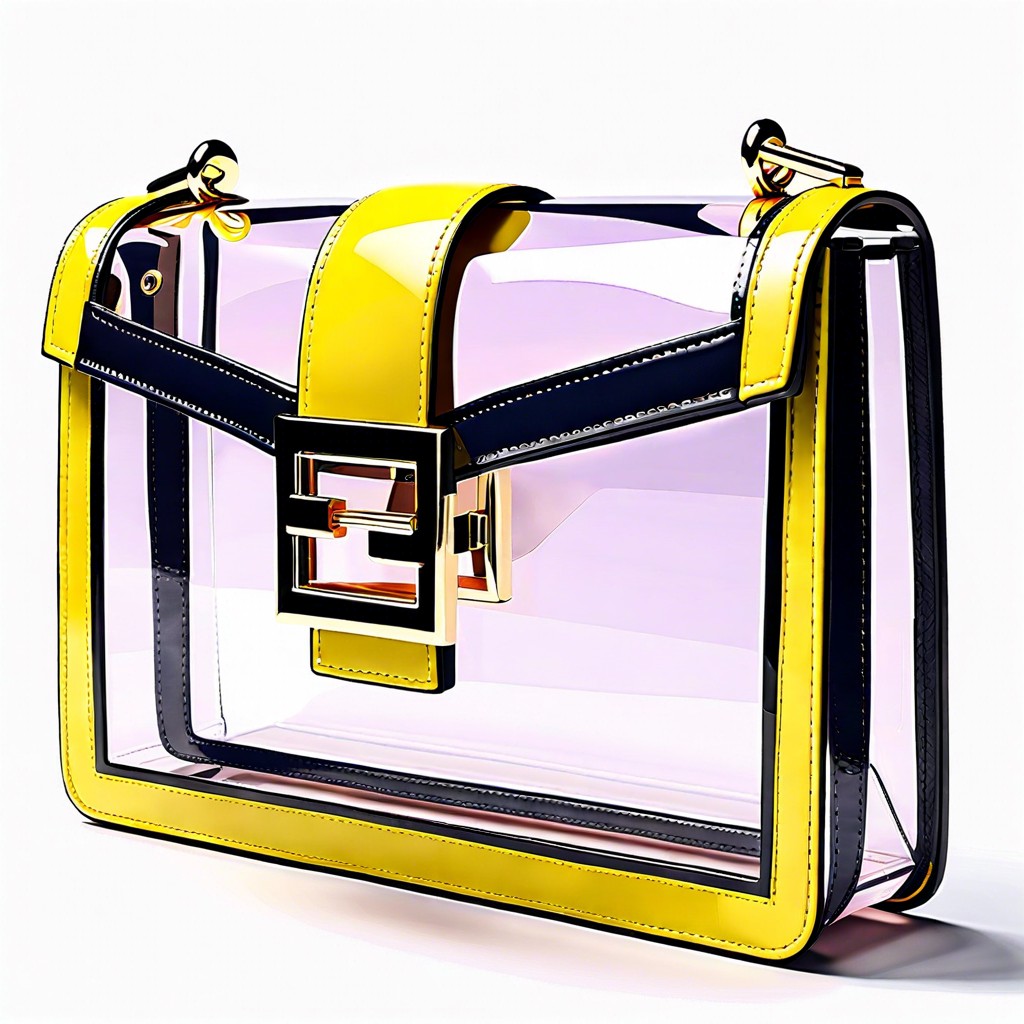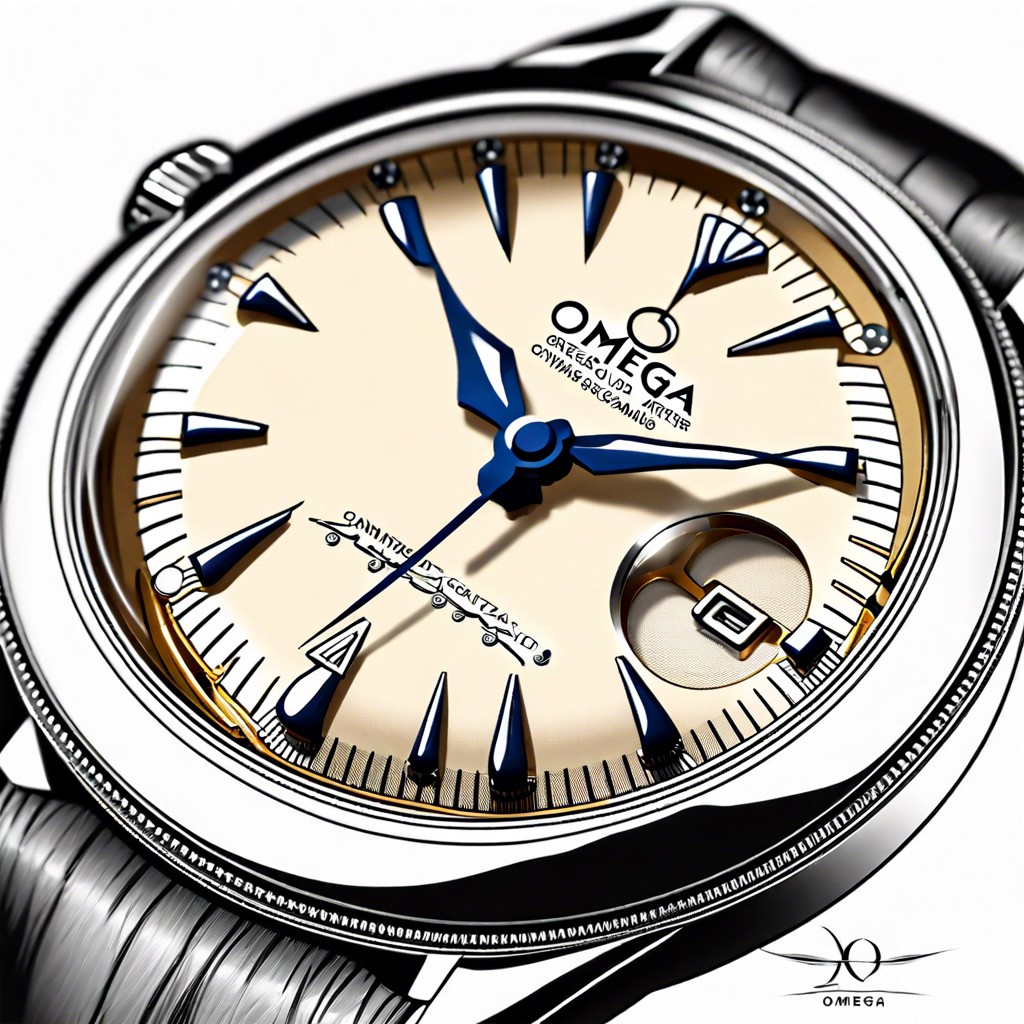Last updated on
In this buying guide, you’ll learn how to discern the quality and authenticity of vintage shirts for informed collectible purchases.
Key takeaways:
- Vintage shirts are typically from the 1920s to the early 2000s.
- Look for union labels, fabric patterns, and care tags to identify vintage shirts.
- Vintage shirts feature distinctive fabric patterns and high-quality natural fibers.
- Vintage shirts document historical fashion trends and cultural shifts.
- Proper care and storage of vintage shirts help preserve their condition.
Definition and Era of Vintage Shirts

Vintage shirts refer to garments from a past era, typically spanning from the 1920s to the early 2000s. Clothing that is at least 20 years old may be classified as vintage. The era encapsulates various fashion movements, each bringing its distinct style to the shirts of the time.
In identifying vintage shirts, one should look for telltale signs such as union labels, garment care tags, and distinctive fabric patterns that were prevalent during certain historical periods. For example, psychedelic patterns may indicate a shirt from the 1960s or 1970s, while power suits with broad-shouldered shirts are characteristic of the 1980s.
The term “vintage” should not be confused with “antique,” which refers to items over 100 years old, or “retro,” which describes newer items that are made to look vintage. Authentic vintage shirts carry the legacy of the era they represent, both in design and craftsmanship, often constructed with techniques and materials less common in today’s fashion industry.
Key Features of Vintage Shirts
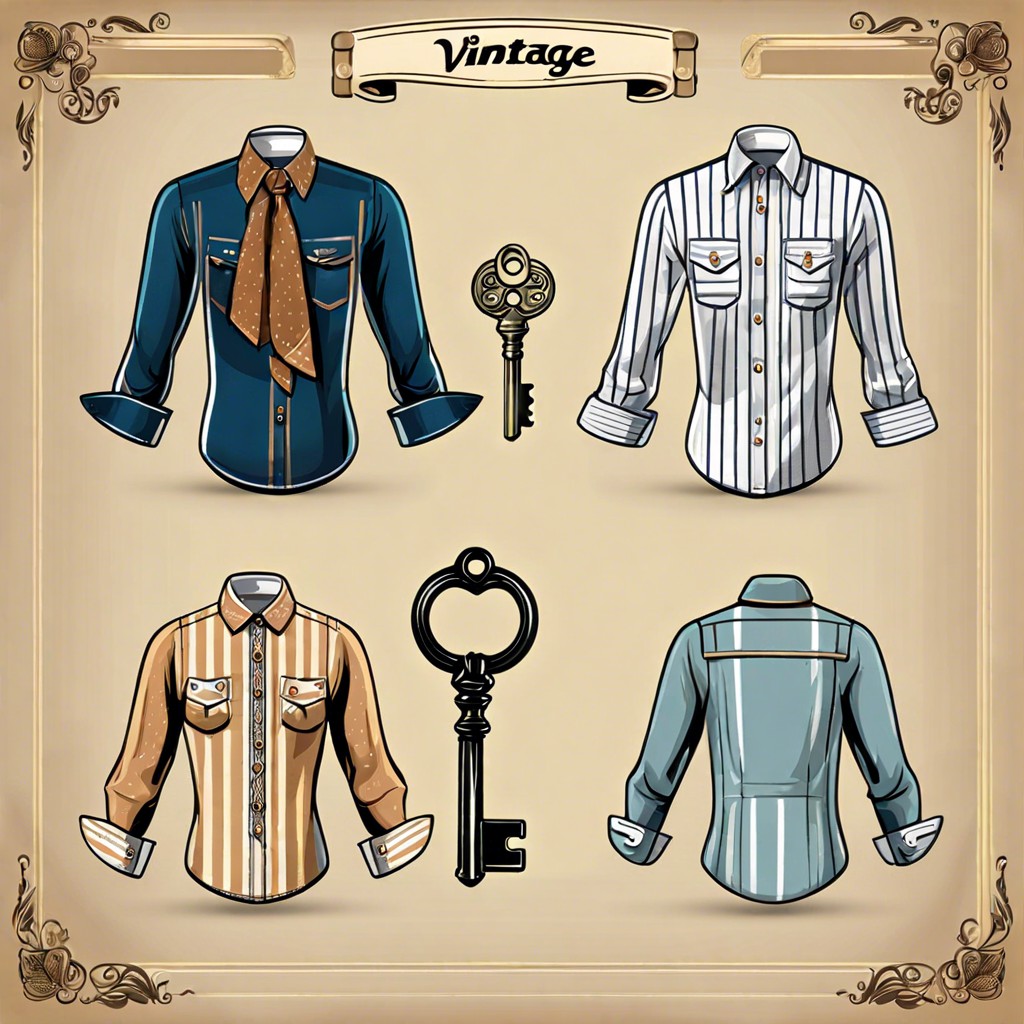
Distinctive fabric patterns, such as paisley, plaid, and floral, are hallmarks of vintage shirts and reflect the fashion trends of their respective eras. Quality natural fibers, like cotton, silk, and wool, are commonly found in these garments, indicating their longevity and comfort.
Craftsmanship is evident in features like hand-stitching, detailed buttons, and well-constructed collars, which often differ from the more standardized, mass-produced qualities of modern shirts. Unique tailoring methods, with darts and pleats, offer a fit that contrasts with today’s standard sizing, providing a glimpse into historical body size norms and garment fitting techniques.
Authentic vintage shirts may bear union labels or designer tags that help to determine the time period of manufacture, often adding to their collectability and history. These time-worn shirts tell a story through their distinct characteristics and stand out among contemporary clothing due to their rare and often irreplaceable nature.
Historical Significance in Fashion
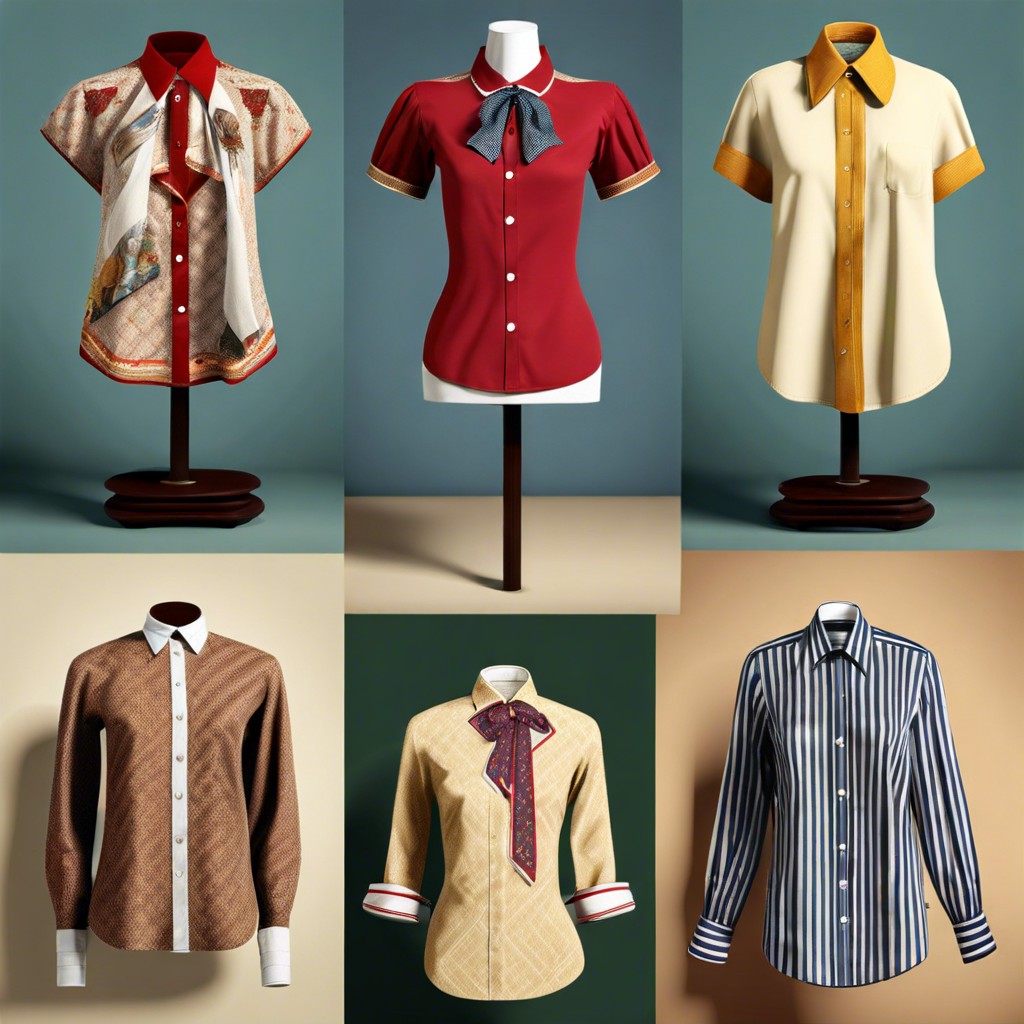
Vintage shirts document trends from bygone eras, encapsulating the social and cultural shifts of their times. From the 1950s’ Hawaiian shirts symbolizing post-war leisure lifestyle to the 1970s’ protest-emblazoned tees, each shirt serves as a fabric swatch of history. The 1960s bore witness to the rise of the counterculture movement, mirrored in the popularity of tie-dye and psychedelic patterns. In the 1980s and 1990s, designer logos and band t-shirts became emblems of personal identity and musical allegiance. These garments not only reflect historical moments but also demonstrate the evolution of materials and technology in textile production. Vintage shirts are thus a tapestry of historical narratives, worn and preserved over decades.
Care and Storage of Vintage Shirts
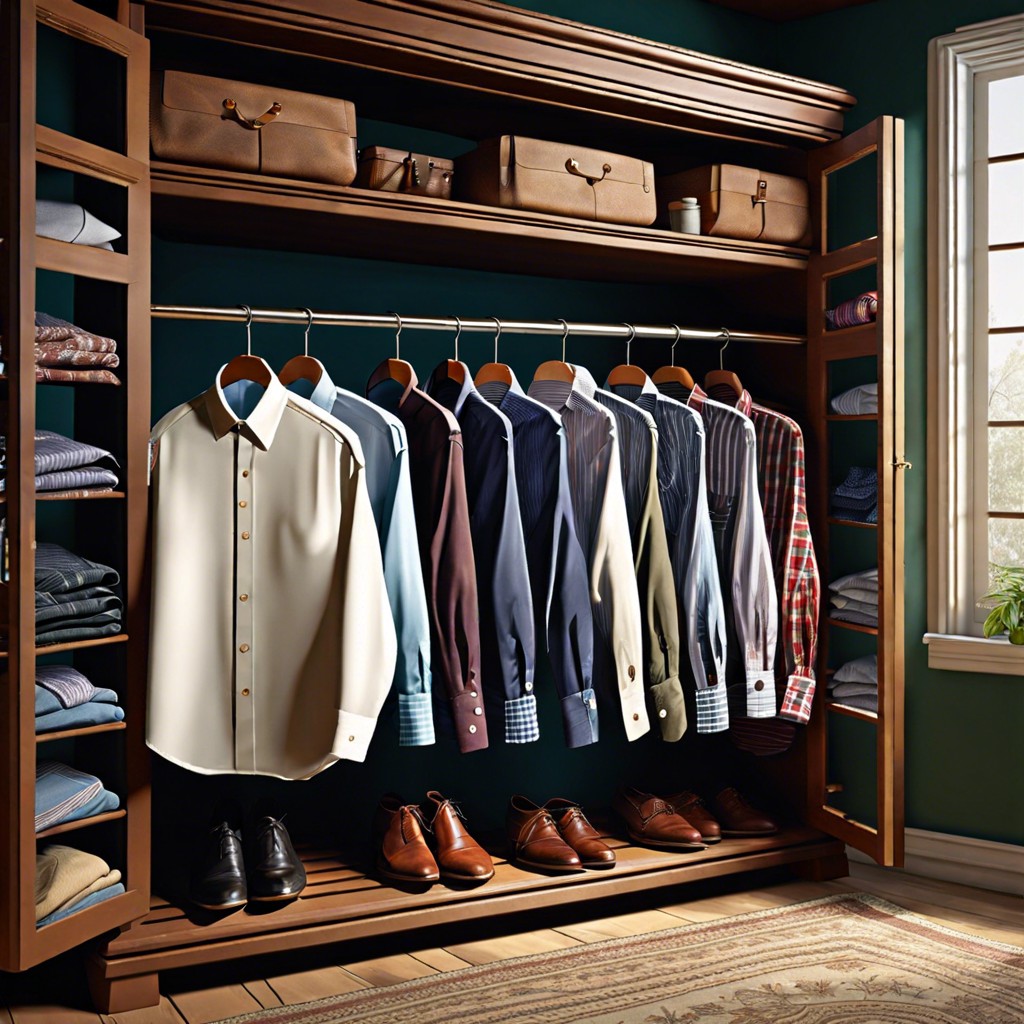
Proper care extends the life of vintage shirts and preserves their condition. Adhere to the following guidelines:
Wash gently by hand using mild detergents and cold water. Avoid wringing the fabric to reduce stress on the fibers.
Dry shirts flat on a clean towel away from direct sunlight and heat sources, as these can fade and weaken vintage fabrics.
Iron on a low heat setting with a press cloth to prevent scorch marks, particularly on delicate materials like silk or lace.
Use padded hangers for storage to maintain the shirt’s shape. Avoid wire hangers that can distort shoulders and leave rust.
Protect shirts from dust and light in a cool, dry closet. Opt for breathable garment bags or acid-free tissue in storage boxes for particularly fragile items.
Mothballs can be harmful to old textiles, so consider using natural alternatives like cedar or lavender to deter pests.
Monitor vintage shirts regularly for signs of wear or deterioration to address issues promptly.
Vintage Shirts in Contemporary Fashion

The allure of vintage shirts has transcended time, finding a steadfast place in today’s fashion landscape. These timeless pieces serve as a canvas for self-expression, allowing wearers to showcase individuality through unique patterns and designs no longer in mass production. The incorporation of vintage shirts into modern attire can result in a myriad of styles, from a relaxed, bohemian vibe to a polished, preppy ensemble.
Fashion-forward individuals blend these shirts with contemporary garments to create an eclectic mix of old and new. Distinct graphic tees paired with modern denim or tailored pants offer a casual yet trendy look, while a classic button-up can be juxtaposed with sleek, contemporary blazers for a chic, business casual aesthetic.
Sustainable fashion advocates also embrace vintage shirts for their role in ethical consumption. Choosing vintage reduces the demand for new textiles and the subsequent environmental footprint, aligning with eco-conscious lifestyle choices.
Designers and mainstream brands often draw inspiration from vintage patterns and cuts, indicating the impact of historic styles on current trends. Celebrating the cultural heritage embroidered within their threads, vintage shirts not only serve as fashionable garments but also as testimonies to the enduring nature of quality design.

